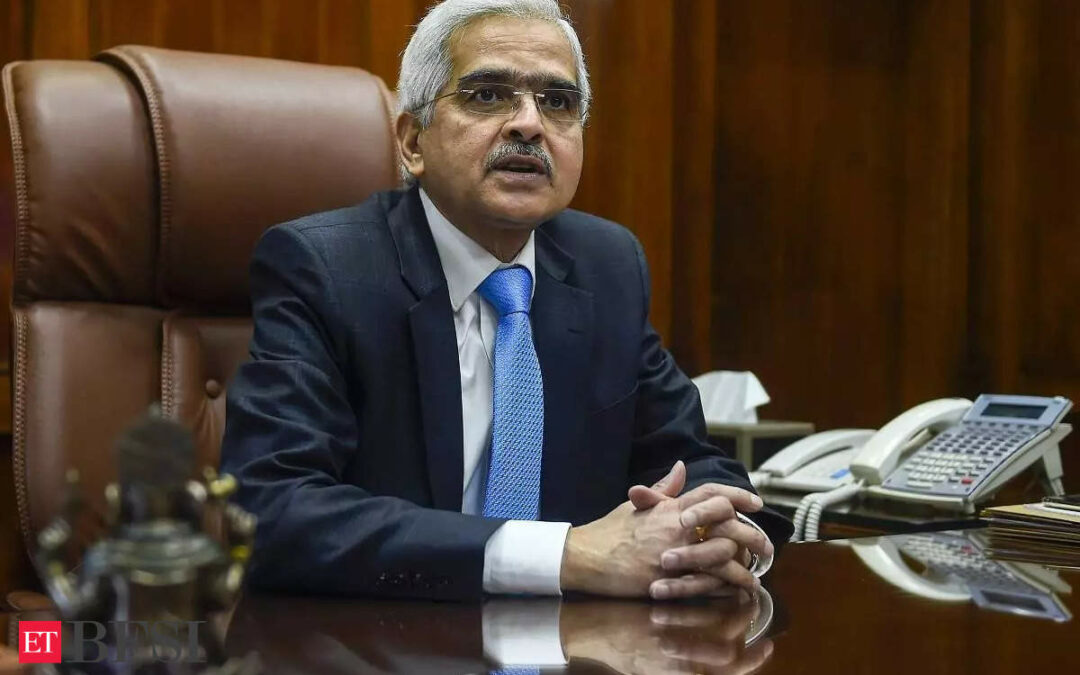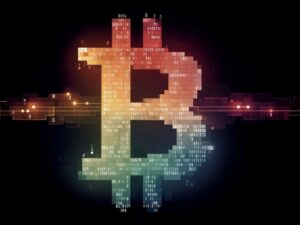Monetary policy is mostly a decision on interest rates and hence on the surface, appears least complicated. However, the drivers of monetary policy can be numerous and communicating them, a lot tougher. Reserve Bank of India Governor Shaktikanta Das has leaned on the Mahabharata’s leading character Arjuna to explain what is driving interest rate decisions. That’s odd! What has Arjuna got to do with inflation or growth? Das is not the first RBI Governor to draw analogies from the epic. Duvvuri Subbarao invoked the plight of Abhimanyu and the Chakravyuh when he was faced with reversing easy money policy.Arjuna and Abhimanyu, though father and son in the epic Mahabharata, are starkly different characters. While one emerged victorious in the war, the other was killed. Does Das’ analogy of Arjuna signal a victory? What does invoking Arjuna now mean for monetary policy?
What differentiates between Arujuna’s focus on parrot and his aim at the eye of the fish?
Das recently spoke about the nature of two differing challenges faced by Arjuna. The first was when he was told to take aim at the eye of a wooden bird on a tree. During this challenge, Arjuna took aim at only the eye of the bird and was blind to his surroundings. Das has often spoken of ‘Arjuna’s eye’ to drive home the RBI’s single-minded focus on bringing inflation back to its 4% target. The second analogy provided by Das on Wednesday was about a later test faced by Arjuna in which the legendary archer was told to shoot a revolving fish by looking at its reflection in the water. While doing so, Arjuna had to take into account a host of considerations including the ripples in the water and the wind, Das said. Drawing from this, the RBI Governor then said that while the central bank is focused on bringing inflation to 4%, it considers several other factors while making policy decisions.
What are the things that come to fore now beyond inflation targeting that is mandated by law?
The RBI is mandated by the government to keep inflation at 4% with the central bank being allowed a tolerance band of 2-6%. However, the RBI also has another objective – creating conditions that are conducive to economic growth. While the RBI’s preamble puts price stability – or inflation – ahead of growth it says that the central bank seeks to maintain price stability “while keeping in mind the objective of growth”. Around the world, and particularly in advanced economies like the US and Europe, rapid policy tightening by central banks have resulted in events that have shaken financial stability. Given the volatile international environment, the key things that come to the fore are financial stability, growth, and the external spillovers.
How does financial stability play a role in monetary policy?
Financial stability includes the proper functioning of a country’s financial institutions and financial markets. The RBI attempts to ensure that its policy actions do not pose risks to financial stability. During the COVID crisis, when lockdowns dealt a massive blow to economic growth and posed the risk of financial markets coming to a standstill, the RBI’s stance put growth ahead of inflation and said that its priority was to mitigate the impact of COVID while controlling inflation. The rapid rate hikes conducted by most central banks around the world since 2022 have posed risks to financial stability by causing huge losses on banks’ government bond portfolios and making it costlier to access liquidity. Earlier this year, a few US banks and Swiss banking giant Credit Suisse collapsed under the stress and had to be bailed out. Das said Indian banks had not suffered the same fate despite rate hikes by the RBI as the central bank had institutionalised several norms for banks on the management of their bond portfolios.
Why should the RBI bother about spillovers?
International spillovers, particularly from commodities such as crude oil, have a major impact on India’s economy. This is because India is a very large importer of crude oil, which is denominated in US dollars. Geopolitical conflicts, such as the wars in Europe and the Middle East, typically tend to push up crude oil prices while causing strength in the dollar as investors park their funds in the American currency, which is considered a safe asset. High oil prices amid a stronger dollar pose upside risks to India’s current account deficit as well as inflation. Rate hikes in the US also boost the dollar, making imports costlier for India.
How do the RBI’s interest rate decisions affect economic growth?
The gross domestic product measures the value of goods and services in a particular year. When companies look to expand their operations, they typically access credit from financial institutions. Individuals also opt for loans to make purchases of houses, automobiles etc. All of this demand contributes to economic growth. However, when inflation is running high, the RBI seeks to bring it down by reining in demand in the economy. It does this by raising interest rates and therefore making it more expensive to access loans. When economic growth needs a boost, the RBI does the opposite by cutting interest rates and making loans cheaper.











